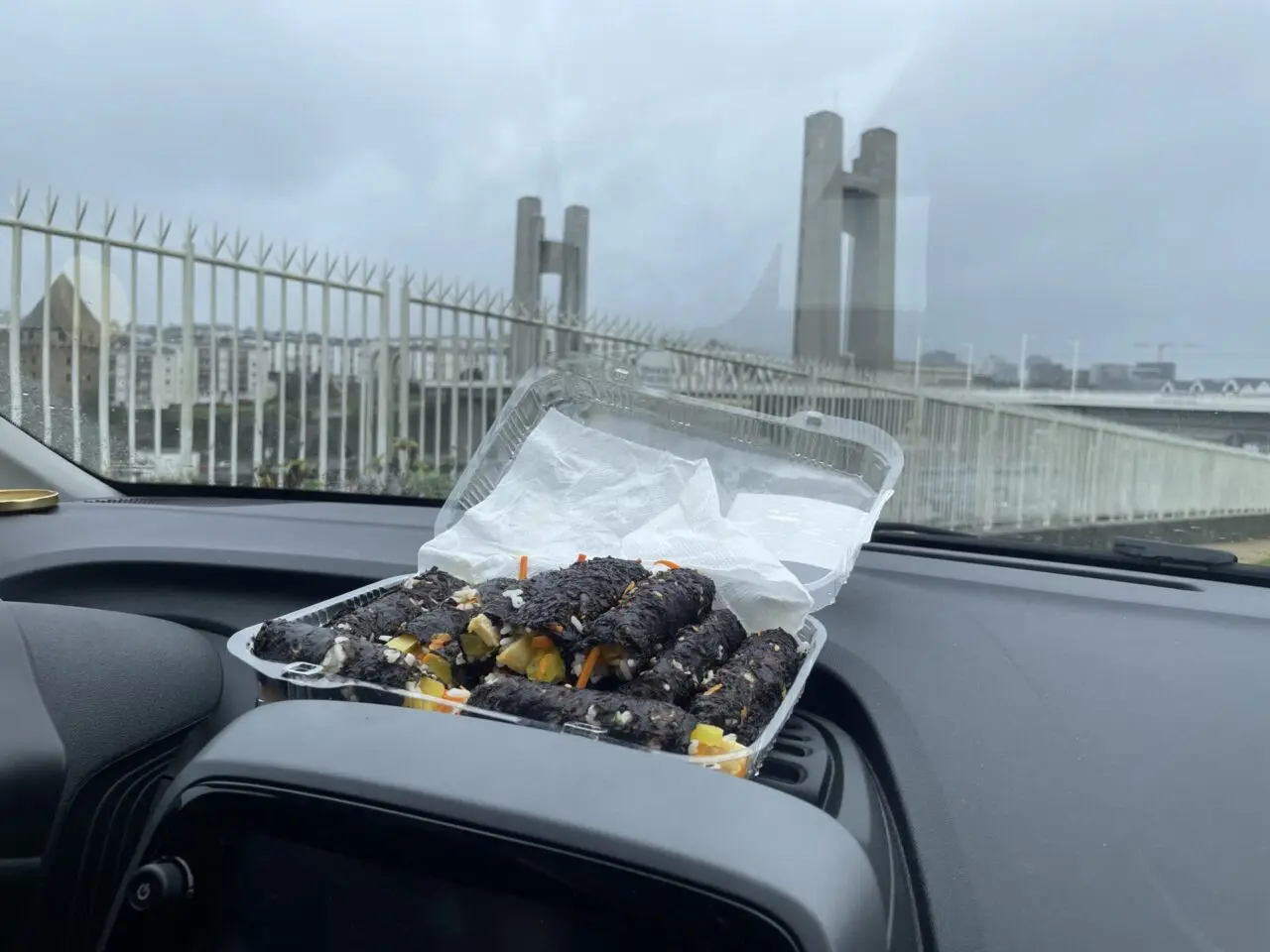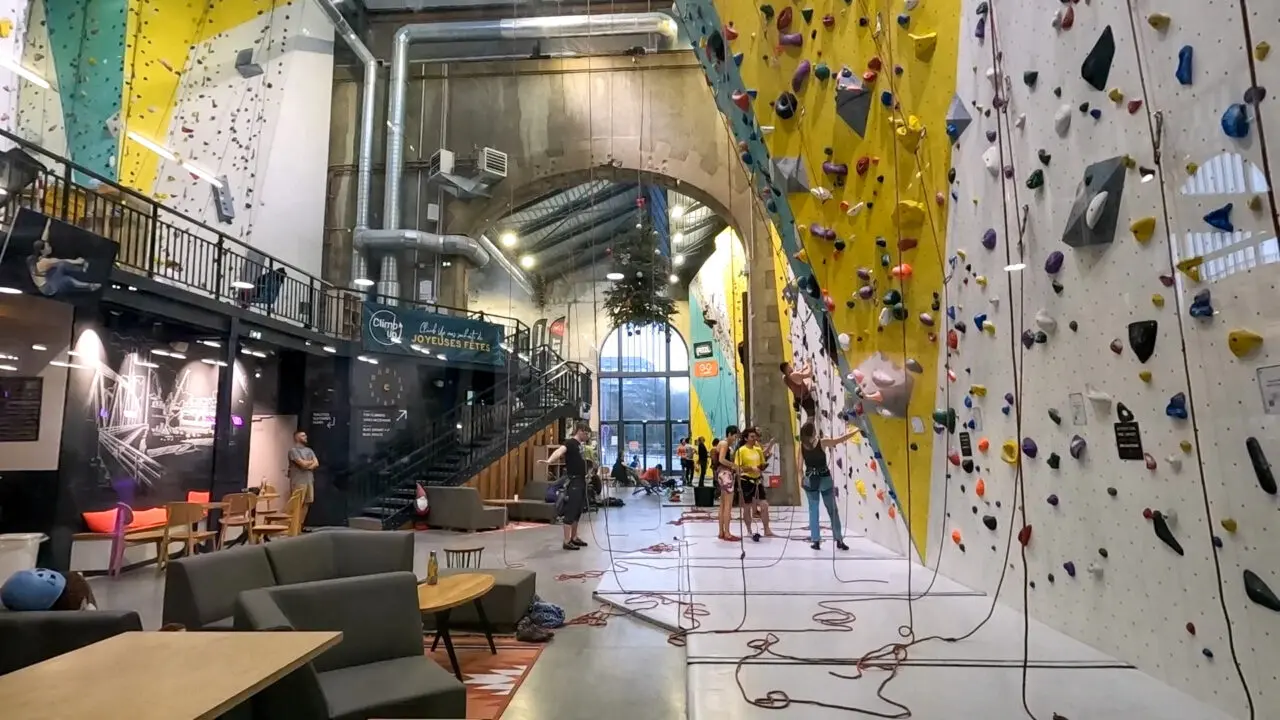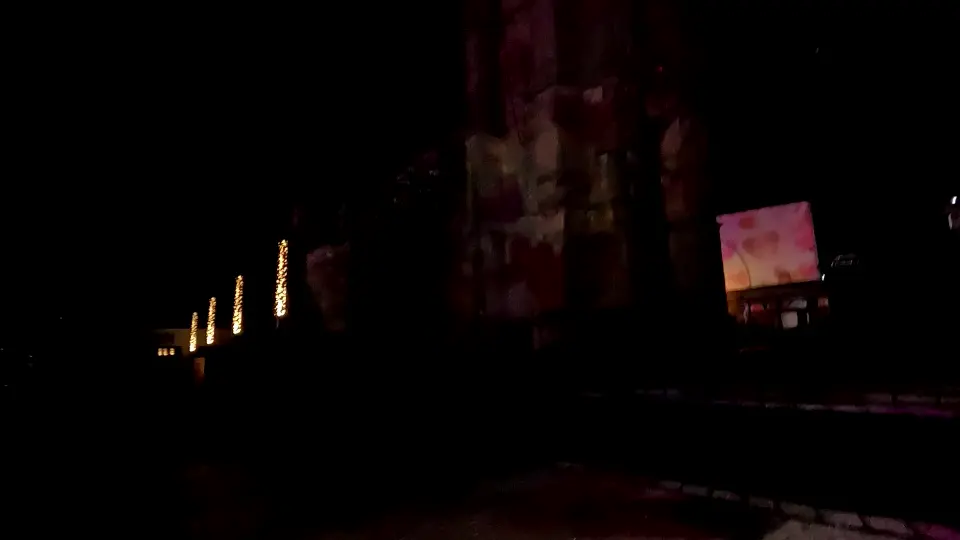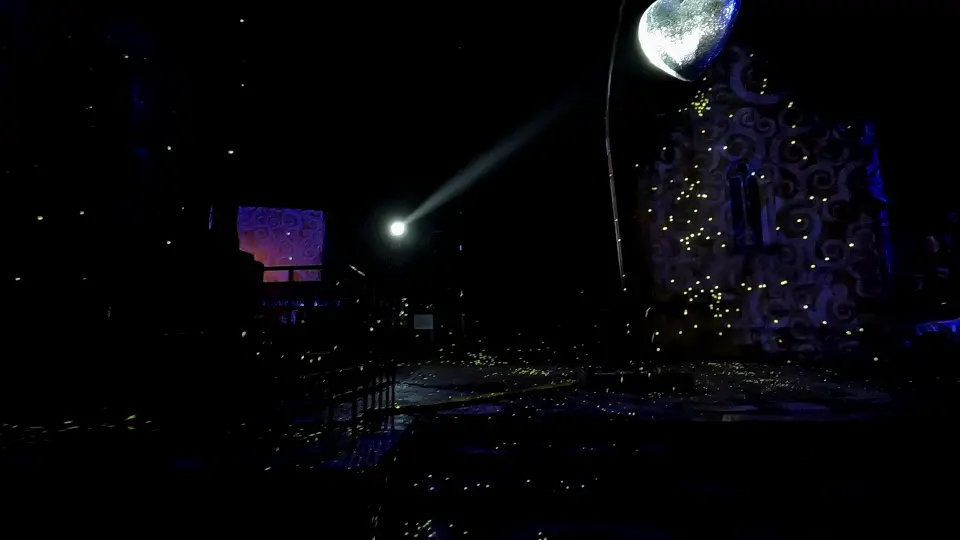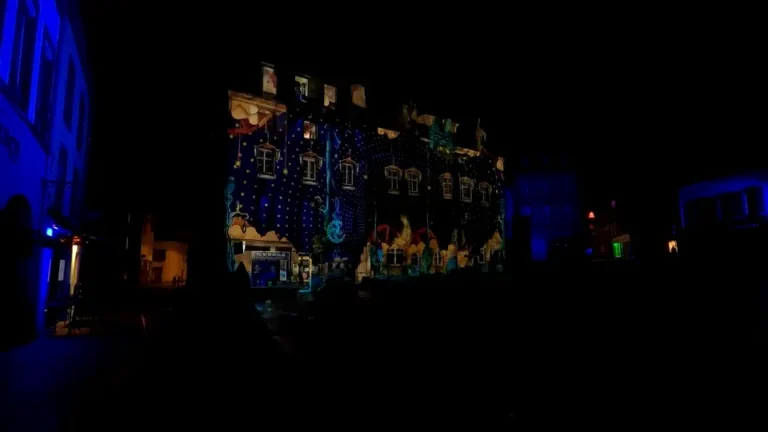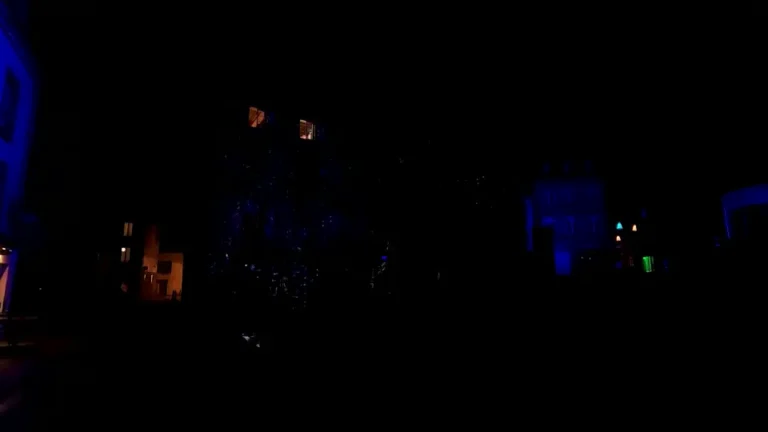Brest might ring a bell if you’re into French football – it’s where Paris Saint-Germain (PSG) plays in Ligue 1, where you’ll also find Brest (SB29). If not, no worries. Honestly, I wasn’t much of a French football fan either, so I knew Brest more as a train destination. My girlfriend and I lived in Lannion, and getting there usually meant taking the Brest line.
After exploring most of the worthwhile spots around Lannion, I got curious: what exactly is there to do in Brest? It didn’t seem to have famous landmarks or tourist crowds – definitely not your typical tourist destination. But that’s what made it intriguing. Brest is known as a port city, the heart of the French Navy, home to submarine bases, shipbuilding and maritime industries, a major World War II battlefield, France’s marine research center, and host to international yacht and sailing competitions. That sparked my interest. Opportunities to explore places off the beaten path don’t come often.
What awaits at France’s westernmost point? Let’s find out – I went to see for myself.
1. Brest City Center and the National Maritime Museum: Getting Started
We drove to Brest – honestly, if we didn’t have a car, I probably wouldn’t have made the trip. I packed some homemade gimbap (Korean rice rolls) for the road. Using non-Korean seaweed, the sides kept bursting open, and I had to make mini versions because the ingredients were hard to find. The sesame oil I used for shine and flavor was Chinese-made and didn’t smell quite right. I even found mustard powder at the supermarket (Intermarché or E. Leclerc, I think) and mixed it with water to make mustard sauce.
We arrived with our packed lunch, and the weather was absolutely gorgeous. I guess I really am a weather fairy after all.
As they say, even the most beautiful mountain is best enjoyed after a meal. We parked near Pont de Recouvrance bridge – one of Brest’s landmarks – and had our late breakfast while taking in the view.
When you arrive in any city, the first thing to do is get acquainted with it. The best way to do that? Head to the busiest area and walk among the crowds. We parked near the city center and ventured into the streets. Being a proper city, Brest doesn’t offer much free parking. I checked the payment machine next to the parking area to see which parking app it connected to, estimated our stay time, and paid in advance. No problem if we go over – you can always add more time through the app.
Wandering through the narrow streets, we reached the city center. Brest’s main street has a tram running through it, so there are tram tracks embedded in the road. Some sections allow cars and trams to share the road, while others are tram-only. Driving on these streets with long grooves cut into the pavement isn’t easy. Crossing the bridge to reach the parking area, we had the surreal experience of cars and trams racing side by side on the same road.
The atmosphere feels similar to other small French cities, yet distinctly different. Being a port city with the sea nearby, even the air in the city center carries a hint of salt. It’s already humid being a coastal city, and it was drizzling that day. But being winter, it didn’t feel oppressive.
Brittany enjoys a mild climate year-round, so even in late December – the dead of winter – people dress surprisingly lightly. We browsed the numerous shops lining the streets, poking around here and there.
I’m not sure if it’s just France or all European countries, but even in the most remote small cities, there’s a great age distribution. You see children, adults, and elderly people everywhere. That’s something I really envy. These small cities have all the essential infrastructure, and for the French, Paris isn’t like Seoul – a desirable place to live. Instead, it’s expensive and inconvenient.
Another thing I envy: the abundance of cultural heritage. Take the Église Saint Martin church above – though this is just a frame from my GoPro recording, it stands quite majestically in the city center. But when I searched for it on Google Maps, it had only three reviews – just a neighborhood church. France is full of places like this. How much did they pillage from around the world…
We briefly stopped by the Brest National Maritime Museum (Musée National de la Marine). It’s a fairly small museum located inside Château de Brest. Entry fee: 9 euros per person.
Inside, you’ll find the history of the French Navy, the evolution of shipbuilding technology, artifacts from maritime explorations, and models of warships, submarines, and naval weapons. If you enjoyed Pirates of the Caribbean, you’d find plenty to appreciate. Since seeing things in person is what matters, I won’t include photos – if you’re curious, go see for yourself.
While there are various exhibits to explore, what’s more important is the castle’s location. It was a strategic French naval stronghold during World War II, destroyed during the war, and later restored to its current state. The sea view is also beautiful.
2. Les Ateliers des Capucins Cultural Complex
You might wonder why a cultural complex gets its own section, but this was the most memorable place in Brest.
Les Ateliers des Capucins, meaning “The Capuchin Monks’ Workshop,” was once a naval shipyard where they built and repaired ships. Considering the size of naval vessels, you can imagine how massive this place must have been.
Initially, we planned to take the Téléphérique (cable car) from across the river. Brest has an unusual urban cable car – France’s first, apparently. It crosses the Penfeld River, directly connecting the city center to Les Ateliers des Capucins.
But when we got there, the weather was too nice, so it wasn’t operating. We drove instead.
Parking was, naturally, paid. But given the enormous scale of the place, the parking area was large and reasonably priced. Though this country doesn’t seem to offer parking validation anywhere, which is a bit disappointing given how much land they have.
There was quite a large open area outside, so we took a walk before heading to the building. From the outside, you’d hardly believe this was the landmark with over 11,000 Google reviews.
The scale is truly massive – what’s shown in the photo is about one-third of it. Maybe it was the gloomy weather, but the atmosphere didn’t set high expectations for what might be inside. That changed once we stepped in.
I thought it was single-story, but there’s a two-story section at one end. The space behind where I took this photo is also quite vast, but it’s basically an empty lot, so I didn’t bother photographing it. Anyway, this overview shot from the second floor shows the incredible sense of openness. It might not be as big as Hyundai Seoul in Yeouido, but the ceiling height is substantial, and the overall length of the building is enormous.
We went down to the first floor through an external entrance, and the space that emerged was too vast to capture even with 0.5x wide-angle. Kids riding bikes and scooters indoors are countless, and you can see groups playing soccer scattered throughout. Has Korea ever had such a vast indoor space? I don’t think I’ve ever seen one.
But it’s not just an empty lot-like space. There are places selling drinks and snacks scattered around, a carousel for children, and benches for families to sit and rest.
Thanks to the soaring ceiling height, they were able to create an indoor climbing gym.
There’s also a 3-4 story library. Each floor has different concepts and purposes. The glass-walled rooms seem perfect for meetings, collaboration, or group projects, and there are individual seats with study cubicle partitions. There are also spaces with comfortable sofas for taking breaks. It’s not as prettily decorated as COEX’s Starfield Library, but it seems much more practical with higher utility value. It would have been amazing if the National Library of Korea had this kind of feel… I wish they’d benchmark places like this.
It was truly unique and very memorable – especially the most memorable part of the Brest trip.
3. Food We Ate in Brest
Having been in France for quite a while, I rarely eat out, but in Brest, we dined out twice during our 2-night, 3-day stay. Once at a French restaurant, once at an Indian restaurant.
Our first evening’s French dinner was at La Belle Epoque. They had both traditional French dishes and fusion cuisine. We tried various dishes, and the overall food quality was quite good. Following the basic French course structure – entrée (appetizer), plat (main course), dessert – costs around 30-40 euros per person. It’s neither cheap nor extremely expensive. I can’t remember if we found it through The Fork app or Google Maps, but it has 781 reviews with a high rating of 4.7 stars.
Apart from the generally satisfying meal, one of the staff members was a BLACKPINK fan. I’m not sure how they figured out we were Korean – maybe our accent? – but we chatted about BLACKPINK for quite a while until the owner scolded them and they toned it down. It was quite endearing. The Korean Wave has reached all the way to Brest, at France’s westernmost tip.
Our second dinner was at the Indian restaurant Le Kashmir. Not many restaurants were open in the city center that day. We visited between 5-6 PM, quite early for European dinner standards, and felt awkward being the only customers in that large restaurant. Another place we found through The Fork app.
True to Indian cuisine, the tandoori chicken had a strong aroma, rice grains flew everywhere, and the sauces were distinctive. While not exceptionally outstanding, the portions were substantial, and we ate our fill. We both got stomach issues the next day – it’s no secret. Not sure if it was from the restaurant food or something else entirely.
By the time we finished and were leaving, several groups of customers had arrived – probably reserved parties. Anyway, thanks to The Fork app, we had a hearty meal at reasonable prices for Europe.
4. Landerneau Light Festival Near Brest
After dinner, looking for something to do, we noticed a light festival in Landerneau, a town near Brest. We drove straight there – took about 20-30 minutes. Not being a city center like Brest, there was ample free parking. A rare sight in France.
From the parking lot, we could see buildings along the riverbank glowing softly with colorful lights, but we got a bit spooked seeing absolutely no one else in that vast space. It felt like we were the only two people left in a post-apocalyptic city.
Walking around this eerie town, we discovered a symphony of buildings and lights.
The photo quality isn’t great since it was nighttime and captured from GoPro footage (terrible for low-light conditions). I’ve been to fairly large light festivals in the forests outside Paris and laser shows at Les Invalides, but while this was much smaller in scale, the atmosphere was far better. It felt like we had the whole place to ourselves.
Seriously, during our entire visit, I think we encountered fewer than five people.
It looks a bit tacky as a GIF… It wasn’t just disco ball level. It felt like floating through space – like becoming Joseph Cooper from Interstellar or Sandra Bullock from Gravity. Pure euphoria.
Anyway, it was truly beautiful, but GIFs can’t capture it…
Mozart’s “Queen of the Night” aria echoed so loudly it could wake the entire neighborhood, with lights moving in perfect sync with the music. Still, we were the only spectators. We watched, mesmerized, for quite a while.
Just as I was wondering where all the people had disappeared to, the mystery was solved.
Passing through an alley, we found one massive restaurant bustling with noise. Le Comptoir de Landerneau – Restaurant Landerneau, a casual brasserie, seemed to have the entire town crammed inside.
This was either December 31st or January 1st.
5. In Conclusion
I love cities with glamorous medieval vibes like Paris, modern cities like London, charming places like Porto, and passionate cities like Barcelona. Who wouldn’t love such places? That’s why they’re always packed with crowds, regardless of peak or off-season.
That’s what makes travel to smaller cities so appealing. Instead of those major cities where you can’t tell if you’re in Korea or Europe during holidays like Chuseok or Lunar New Year, there’s a unique charm to small cities where you’d have to search hard to spot a few Asians.
Brest feels somewhat like Korea’s Ulsan – though I’ve never been to Ulsan. There’s nothing tourist-worthy there, so why would I go?
In that sense, Brest is similar to Ulsan. We set off without deciding what to do, letting our feet guide us wherever they led. That’s what makes it more memorable. Each moment gains its own significance.
It was a fascinating experience.


